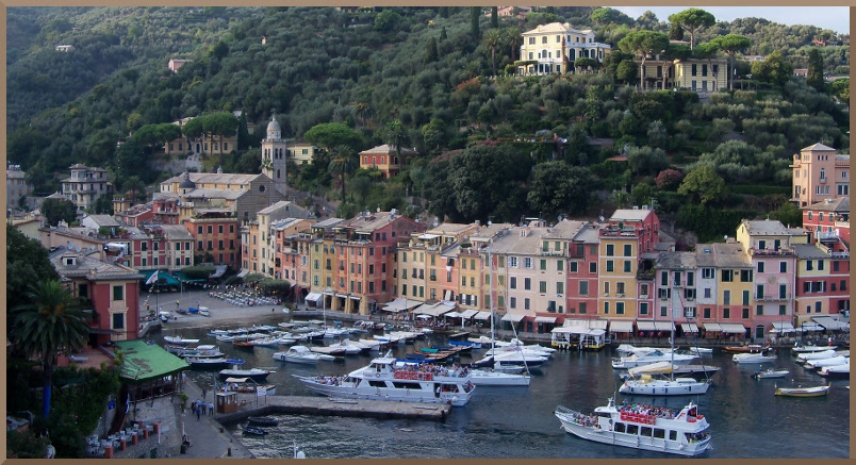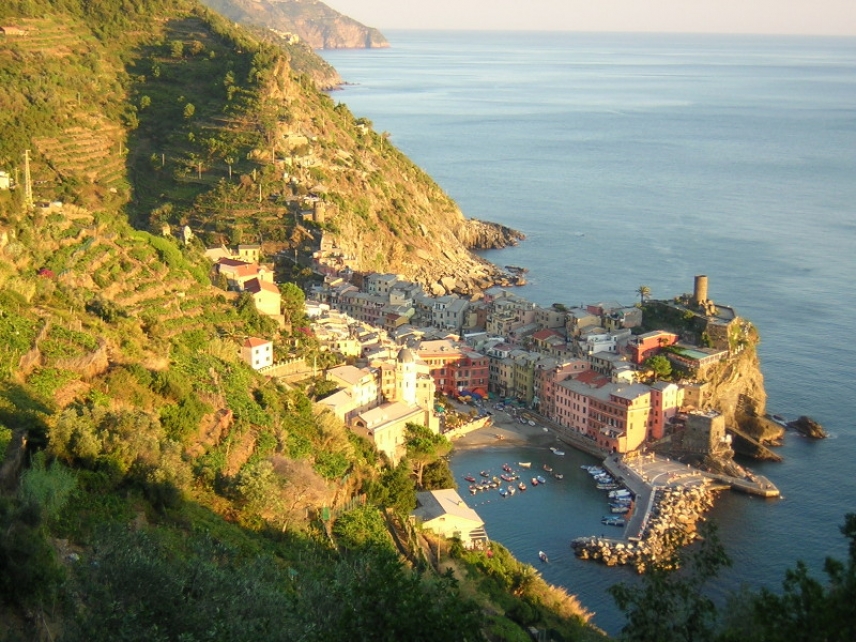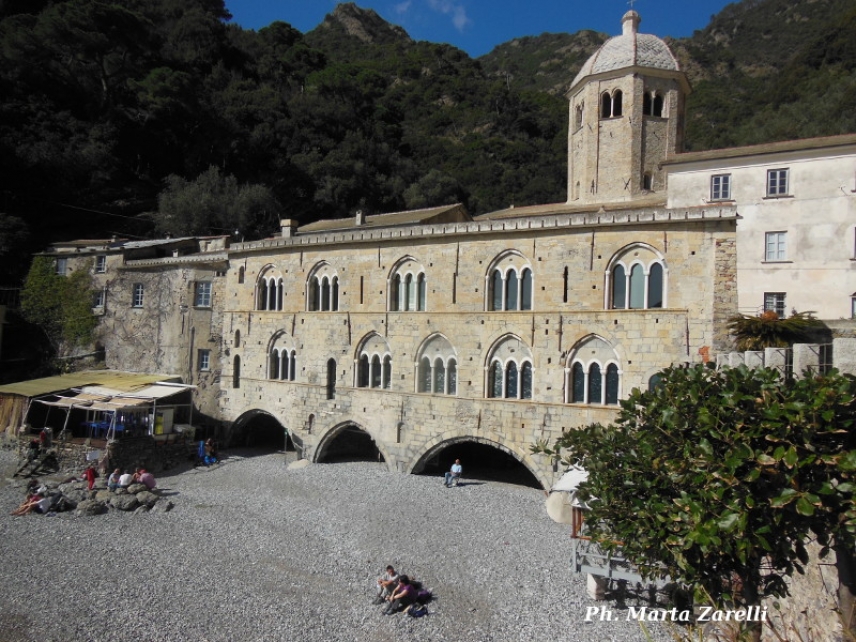From the Cinque Terre to Tuscany
Little fishermen and carvers discovering the coasts of Liguria and Tuscany
The National Park of the Cinque Terre is full of small medieval villages hanging on the hillside in strategic places. Over the centuries, travellers and traders have been fascinated by the beauty of this landscape, a territory hanging between sea and mountains. The sea is everywhere, with cultivated vineyard terraces and perfectly preserved medieval villages, offering travellers the chance to trek through nature, culture, history and food - a trekking trip for all lovers of the Mediterranean . We will discover the secrets of the Levanto caves by canoe and admire the sub aquatic landscape. Leaving the coast towards Tuscany, we will explore Lucca where we will cycle on its well-preserved walls. After entering into the heart of the Apuan Alps like real speleologists, in the Grotta del Vento, we will conclude with a visit to a didactic laboratory of a white marble carver, used in the past by the famous Michelangelo.
Highlights:
- The Mediterranean landscape classified on the UNESCO list
- Canoeing in the caves of the Ligurian coast
- Cycling along the walls of Lucca
- Grotta del vento and marble carving in the Apuan Alps
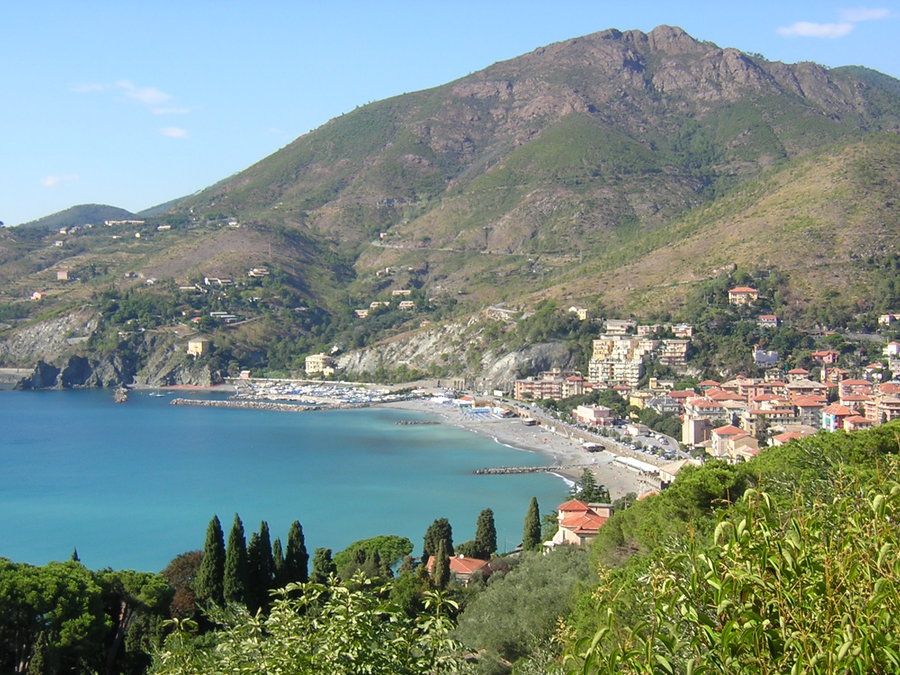 Day 1: Levanto
Day 1: LevantoIndividual arrival in Levanto, a small village on the seaside. Meeting with the guide at the hotel. The 13th century church, the castle and the medieval dock all come into view from the green hills above the large beach of the bay. Dinner and overnight at the hotel in Levanto. Meals (-/-/D)
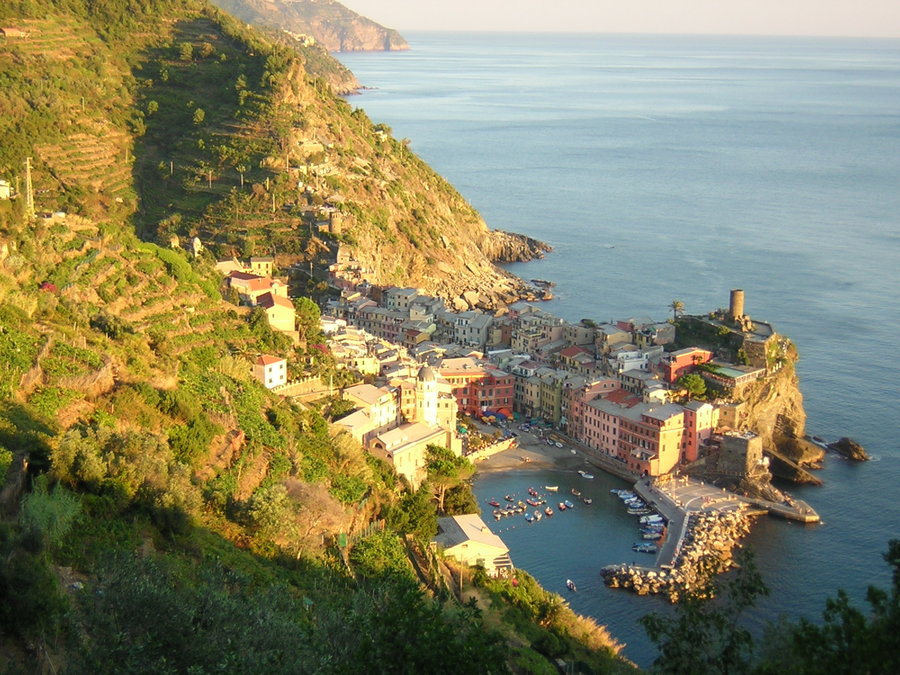 Day 2: Between the vineyards of Vernazza and Manarola (3hrs 30min walking, + 435m – 435m, 10 km)
Day 2: Between the vineyards of Vernazza and Manarola (3hrs 30min walking, + 435m – 435m, 10 km)By train we reach one of the village of the Cinque Terre, Vernazza. Starting from the beach, the steps once used for the transport of grapes and wood will take us to the village of Corniglia, fortified and dominating the sea and the coast. The path keeps going up between vineyards until Volastra where ancient traditions and techniques are still part of farming. The route leaves the mountains and returns to the sea by Manarola where it is possible to have a swim. Back to Levanto by train. Dinner and overnight at the hotel in Levanto. Meals (B/L/D)
 Day 3: Punta Mesco (3hrs walking, + 315m - 315m, 7.5km)
Day 3: Punta Mesco (3hrs walking, + 315m - 315m, 7.5km)From the church of S. Andrea in Levanto, the path climbs between olive trees with some spectacular vantage points over the sea and cliffs. After the pine tree forest in Mesco, we arrive at the 10th century ruin of the "Eremo di S. Antonio". From Punta Mesco, observation point of the Mediterranean cetacean, the way down to Monterosso offers a panorama over the entire coastline of the Cinque Terre. A swim is possible in Monterosso. Back in Levanto, a guided 1hr 30min excursion by canoe to discover the caves of the coast, once home to mermaids and pirates... Scuba diving in the crystal clear water that is home to rich Mediterranean fauna and flora. Dinner and overnight at the hotel in Levanto. Meals (B/L/D)
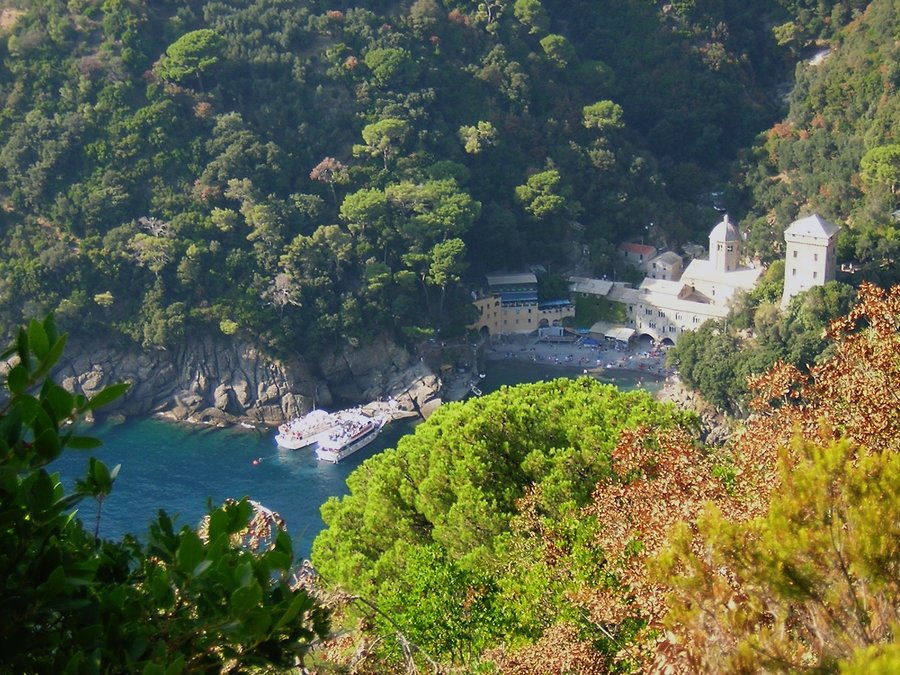 Day 4: Boat tour to the S. Fruttuoso Abbey (3hr 30min walking, + 250m – 250m, 13.5 km)
Day 4: Boat tour to the S. Fruttuoso Abbey (3hr 30min walking, + 250m – 250m, 13.5 km)Train to Camogli, an ancient fishermen village. Known in the past as the "Town of a Thousand White Sailboats", it has a well-preserved castle and church protected by the rocks. A visit to the "Museo del Mare" is followed by a boat trip to S. Fruttuoso, a small beach hosting one of the historical and architectural jewels of Italy : the San Fruttuoso Abbey, a mystical place. After a swim, the path in the oak forest will lead us to Portofino bay. Bus to S. Margherita Ligure and train to Levanto. Dinner in a typical restaurant and overnight at the hotel in Levanto. Meals (B/L/D)
 Day 5: Carrara and the marble cave (2hr 30min walking, + 250m – 250m, 6km)
Day 5: Carrara and the marble cave (2hr 30min walking, + 250m – 250m, 6km)Train to La Spezia, then private minibus to reach the marble caves of Carrara with a gentle walk to discover the techniques of extraction and carving of the precious marble, used by Michelangelo for his work. After the visit, private transfer to Castelnuovo di Garfagnana, beautiful medieval village in the heart of the Natural Park of the Apuan Alps, where we will settle into a farmhouse. Diner and overnight in the farmhouse in Castelnuovo di Garfagnana. Meals (B/L/D)
 Day 6: Little speleologist in the Apuan Alps
Day 6: Little speleologist in the Apuan AlpsPublic bus to Fornovolasco and short walk (20min) to the entrance of Grotta del Vento. A 3hr guided excursion to discover stalactites and stalagmites, the bear hole and the rocky cascades. Back by public bus to Castelnuovo di Garfagnana and relax in the swimming pool at the farmhouse. Dinner and overnight in the farmhouse in Castelnuovo di Garfagnana. Meals (B/L/D)
 Day 7: Cycling in Lucca
Day 7: Cycling in LuccaToday, after a short train ride to Lucca, we will discover this beautiful Tuscan city by bike, cycling on its medieval walls, with spectacular views of the city and the Apuan Alps. The day culminates with a climb up to the top of Torre Guinici, reaching its incredible hanging gardens. Diner and overnight in Lucca. Meals (B/L/D)
Day 8: Departure from Pisa
After breakfast end of services. Transfer to Pisa airport/station upon request. Meals (B/-/-)
Note: B (Breakfast); L(lunch); D (dinner)
Kids in triple room with their parents - 40 €
Accommodation:
4 nights in hotel*** in Levanto
2 nights in a farmhouse with swimming pool in Castelnuovo di Garfagnana
1 night in hotel*** in Lucca
Equipment: trekking shoes, trekking socks, trekking t-shirt, warm shell, wind and water proof jacket, hat and gloves, bathing suit, sun glasses and sun cream, daily backpack (min. 30 liters), trekking poles advised.
Getting there: The destination airport is Genoa or Pisa.
Single Room Supplement - 140 €
- 7 dinners with typical food and special meals for kids
- All transfers by train, boat and public bus and private minibuses
- All lunches (except on day 1 and day 8)
- Canoe guided excursion and scuba diving on day 3
- Entrance to the Museo del Mare in Camogli on day 4
- Entrance to Grotta del Vento
- Bike rental in Lucca
- Entrance to Torre Guinici in Lucca
- City taxes
- English spoken tour leader
- All entrances to the museums not included in the itinerary
- lunches on day 1 and day 8
- All beverages
- Transfer from the airport/station on day 1
- Transfer to the airport/station on day 8
Cinque Terre DOC wine
https://www.mandalatour.com/en/the-francigena-way-from-siena-to-orvieto/itemlist/tag/cinque%20terre#sigProId18f5bbc2f2
Portofino Natural Park San Fruttuoso Abbey
https://www.mandalatour.com/en/the-francigena-way-from-siena-to-orvieto/itemlist/tag/cinque%20terre#sigProId737b2df36c






